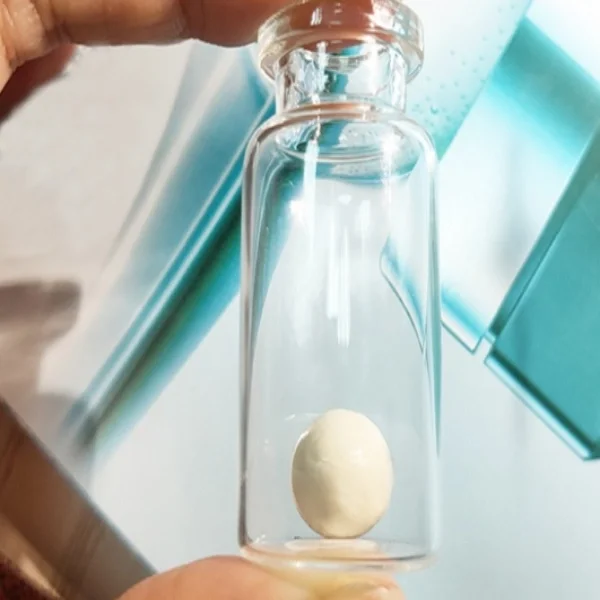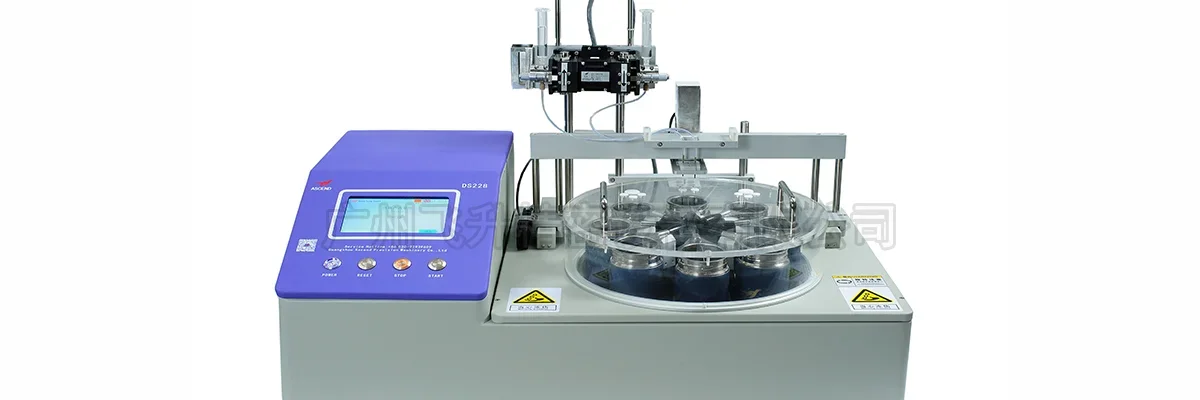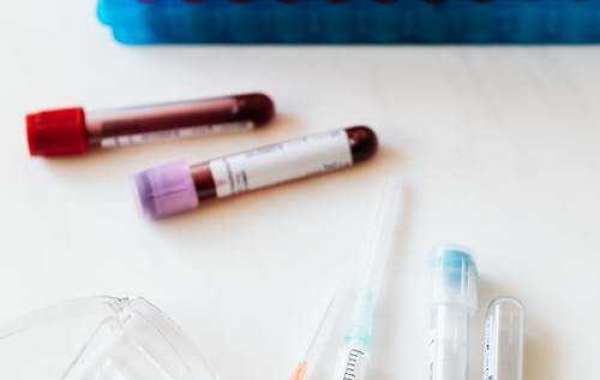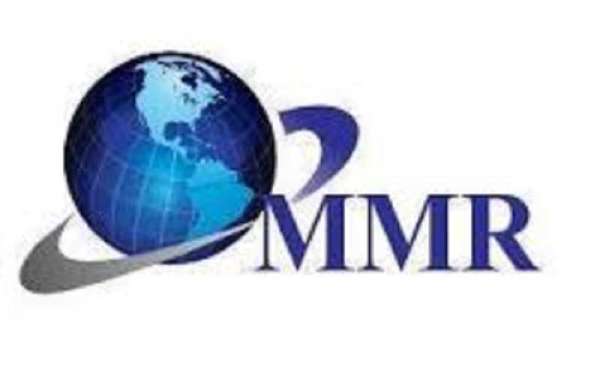Lyophilized reagent beads are also called freeze-dried beads, freeze-dried cores, etc. It refers to the preparation of liquid reagents into stable pellet state reagents through rapid droplet cooling and freeze-drying. The main advantage is that it can be transported and stored at room temperature. It can be quickly reconstituted after adding liquid and the activity is not affected. Different kinds of reagents can be stored together, and the reaction can be triggered only after reconstitution. It is considered to be an ideal reagent form for current nucleic acid, immunological, and biochemical POC detection products.
The earliest method of lyophilized reagent beads may be derived from the method of preparing tablets. A 1972 patent described in detail how to drop biochemical liquid reagents into a liquid nitrogen tank to form pellets, and then transfer them to the freeze-drying process.
Lyophilized reagent beads can be seen and used in Cypei pathogen microfluidic detection kits and some biochemical disc-type microfluidic detection reagents. The advantages of lyophilized reagent beads are very obvious.
1. Reagents are stored at room temperature: the biological enzymes and other active materials that need to be refrigerated and frozen before can be stored and transported at room temperature after being made into lyophilized reagent beads (in fact, if you can't store at room temperature, try not to say that you are POCT)
2. Reagents that would have reacted with each other were made into lyophilized reagent beads, such as biochemical substrates and enzymes, which can be made into lyophilized reagent beads and stored together, and then reacted after being reconstituted in water.
3. Save reagents, single reagents avoid the waste of large packaging.
4. It is much faster to reconstitute than ordinary drying (dispensing), speeding up the result time.

The preparation process of lyophilized reagent beads is actually not complicated. Use a constant-speed injection pump to drop the liquid into a liquid nitrogen bottle, collect it and transfer it to the freeze-drying machine for freeze-drying. In this process, the preparation conditions and environmental humidity are precisely controlled, and the production is continuous. There are related equipment on the market now. The enterprise finds a way to find suitable conditions, and arranges the production process and sub-assembly plan. But knowing is easy and doing is hard, and the specific operation may not be easy, but I personally think that it is not insurmountable.
I think the difficulty of lyophilized reagent beads lies in the overall product design. The characteristics of lyophilized reagent beads should be taken into consideration at the beginning of the microfluidic product design. Rarely will consider the details of the product process. Because there are too many process details to make a microfluidic product.
Another difficulty is that the process of lyophilized reagent beads has strict requirements on environmental humidity, and is easy to research and develop. It is still difficult to control mass production well. If there is a little mistake, the ball will shrink due to damp, which will still have a serious impact on the quality of the product. It is not as safe as the liquid reagents to be distributed.

DS228 is a high-precision liquid nitrogen lyophilized reagent bead system developed by Guangzhou Ascend Precision Equipment Co., Ltd. for the pharmaceutical and biochemical industries. The system can automatically accurately spot reagents into liquid nitrogen for continuous production of freeze-dried beads. Liquid nitrogen will instantly turn the reagents into lyophilized beads. DS228 has high production efficiency and a wide range of uses. Welcome to consult!







